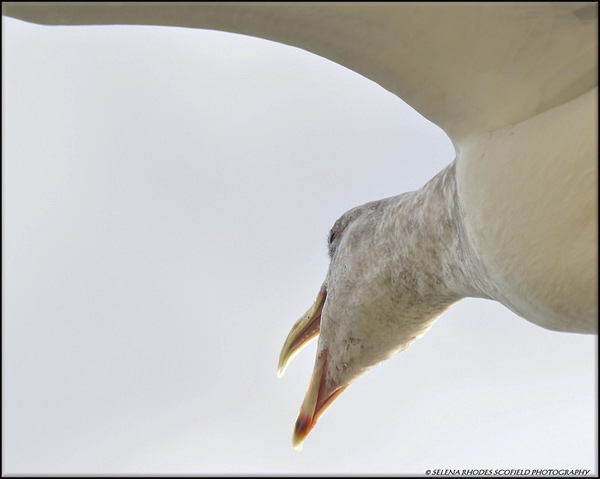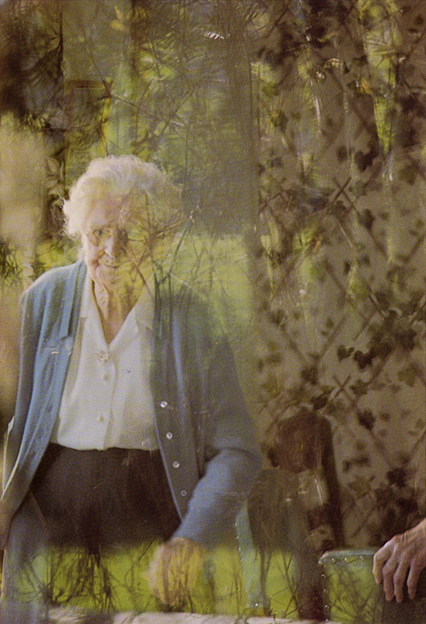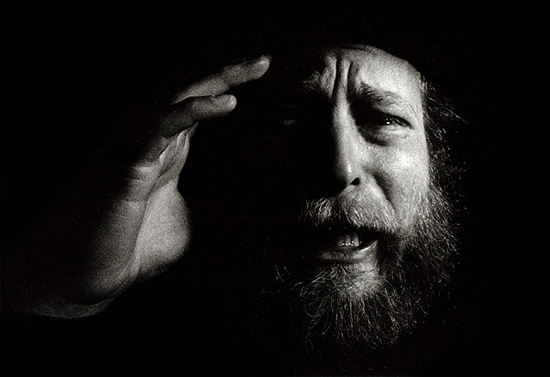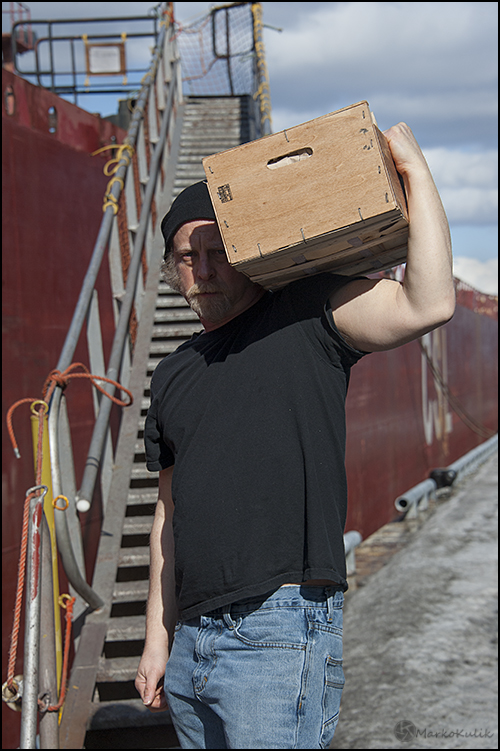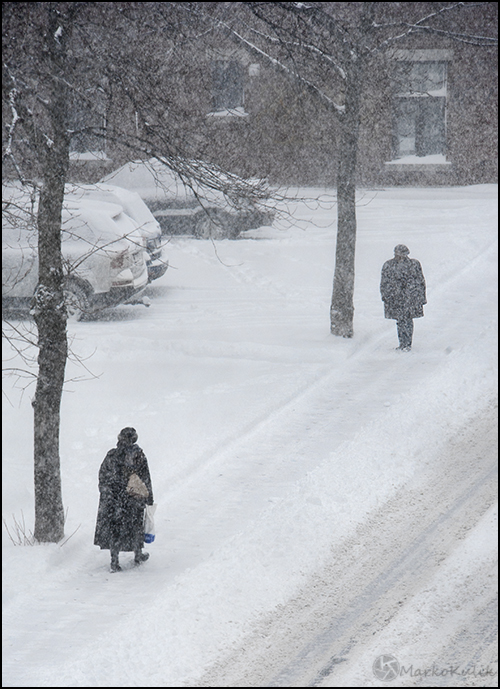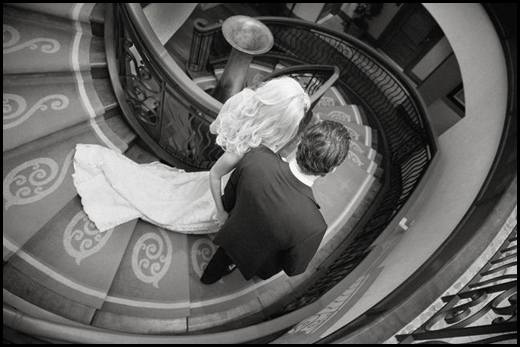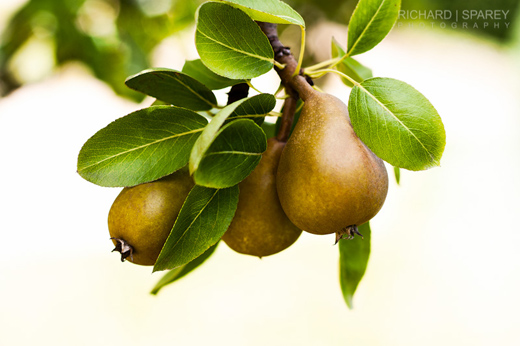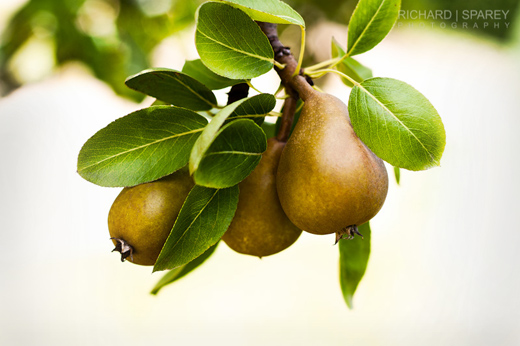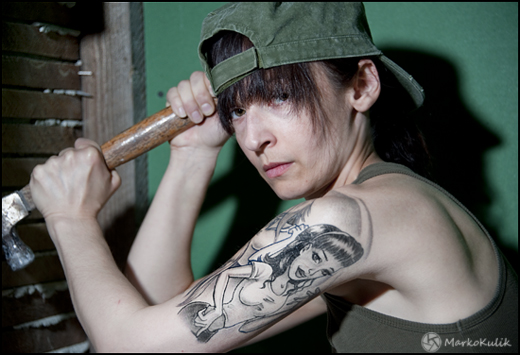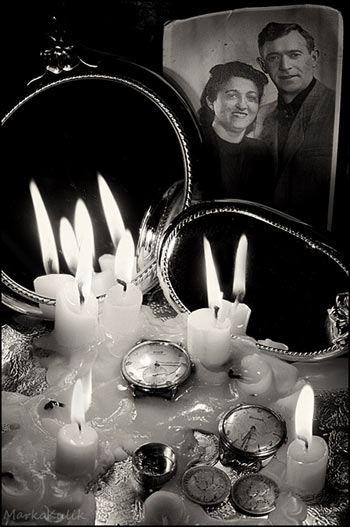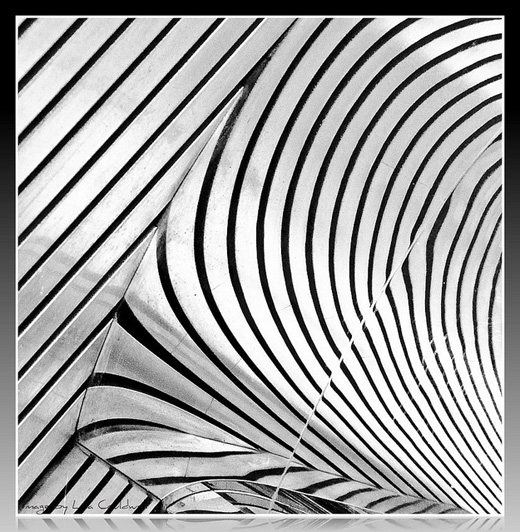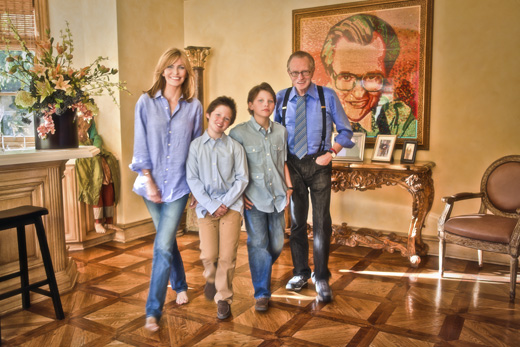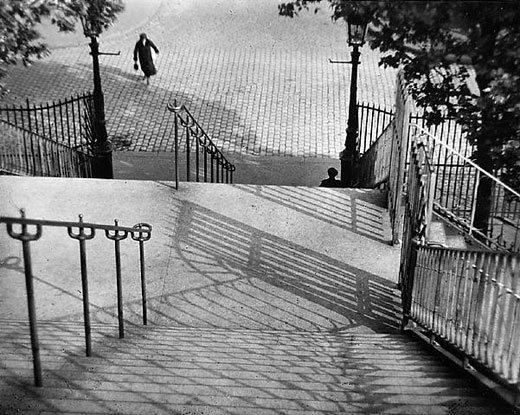Photography podcast #136 talks about creating dreamy images by placing Vaseline or petroleum jelly on an old UV filter attached to your lens. By doing this you are often able to create dreamy, impressionistic images. The procedure is simple; take an OLD UV filter (because removing the vaseline from the filter after use might damage its coating) and screw it onto a lens. Then place a wee bit of petroleum jelly (just a bit goes a long way) on your finger and apply it to the front of the UV filter. Take a few images and see what you get. Play with the level and position of the blur by removing some Vaseline or moving it around with your finger.
It goes without saying that you need to do this carefully so as not to allow the Vaseline to touch your camera or lens. The Vaseline should only be on the front of the filter. When you’re done shooting, remove the filter immediately and place it in a plastic bag. Then clean it (I just used regular dish soap) when you get home. If you have a few wet wipes along with a dry cloth (to thoroughly wipe your finger between moving the vaseline around and touching the shutter release button) and an extra plastic bag or two, you should have no problem doing this.
Feel free to add to the conversation by leaving a comment or sharing/liking this post in some way.
Click the player at the end of this post to listen to (or download) this 9.5 minute podcast.
Here are some of the photographs I was able to make with this technique;
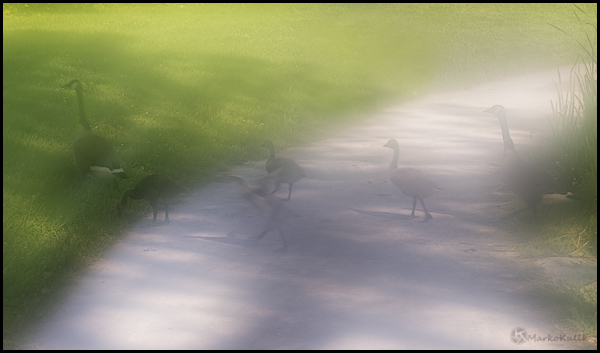
Crossing Ducks — Lafontaine Park Montreal — Image shot with a 50mm lens using a UV filter coated with petroleum jelly
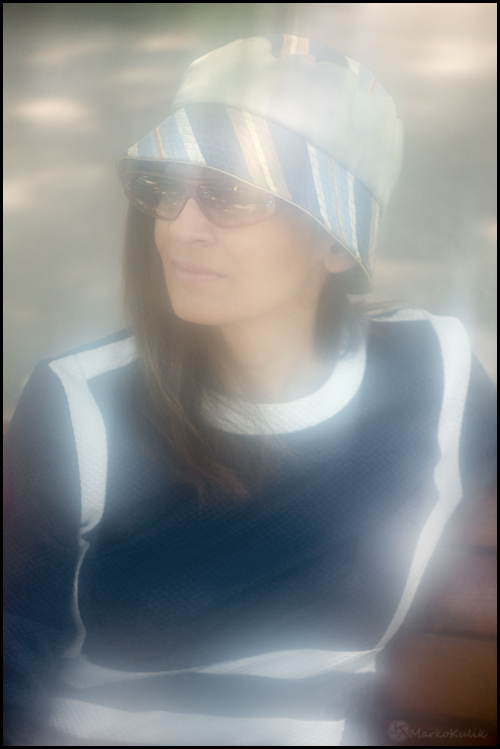
Dreamy Carmy — Laurier Park Montreal — Vaseline in front of an old polarizing filter
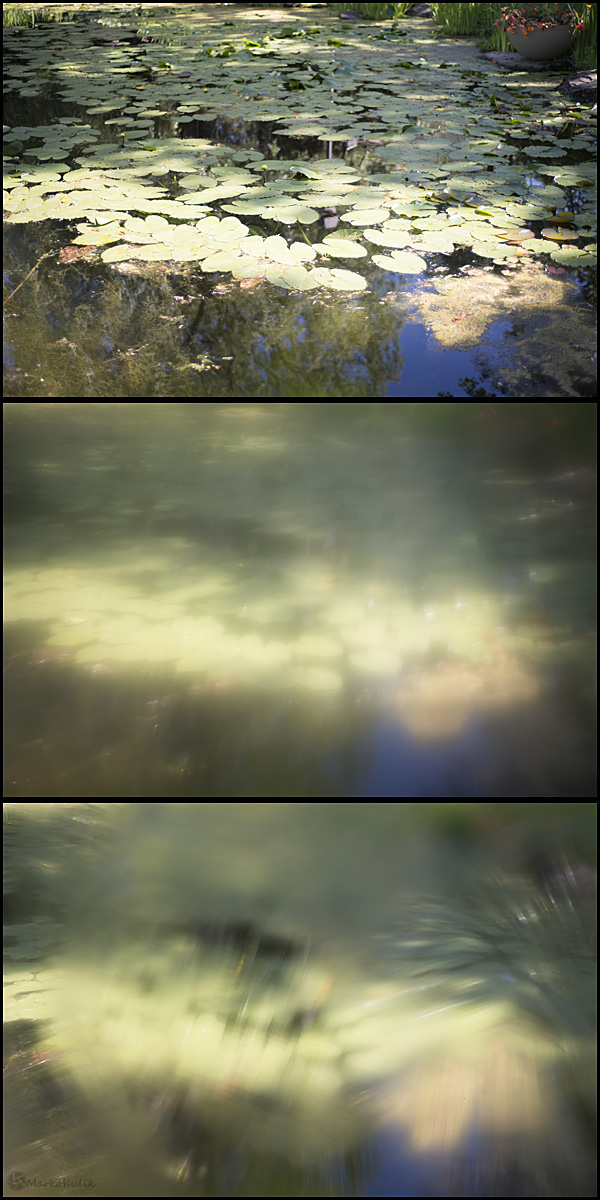
Lily pads — In this series of images I took a straight shot and then 2 vaseline shots over the UV filter. You can see how completely different the 2 vaseline images look from one another. This difference is simply due to the quantity and position/pattern of the Vaseline on the filter
Links /resources mentioned in this podcast:
Exhibition and Film on Impressionism and Photography (Lorin’s comment from podcast 135)
Pictorial Composition and the Critical Judgement of Pictures by Henry Rankin Poore
If you liked this podcast and want to review it on Itunes, this link gets you to the main page
Please join the Photography.ca fan page on Facebook
My Facebook profile — Feel free to “friend” me — please just mention Photography.ca
My Twitter page — I will follow you if you follow me — Let’s connect — PLEASE email me and tell me who you are in case I don’t reciprocate because I think you are a spammer.
If you are still lurking on our forum,
feel free to join our friendly ![]() Photography forum
Photography forum
Although ALL comments are appreciated, commenting directly in this blog is preferred — Thanks Lorin Duckman, Dave Johnson and Jane Chesebrough! Thanks for all the support emails and welcome to all the new members of the photography.ca forum!
If you are looking at this material on any other site except Photography.ca — Please hop on over to the Photography.ca blog and podcast and get this and other photography info directly from the source. |Subscribe with iTunes|Subscribe via RSS feed |Subscribe for free to the Photography podcast — Photography.ca and get all the posts/podcasts by Email
You can download this photography podcast directly by clicking the preceding link or listen to it almost immediately with the embedded player.
Thanks for listening and keep on shooting!
Podcast: Play in new window | Download

